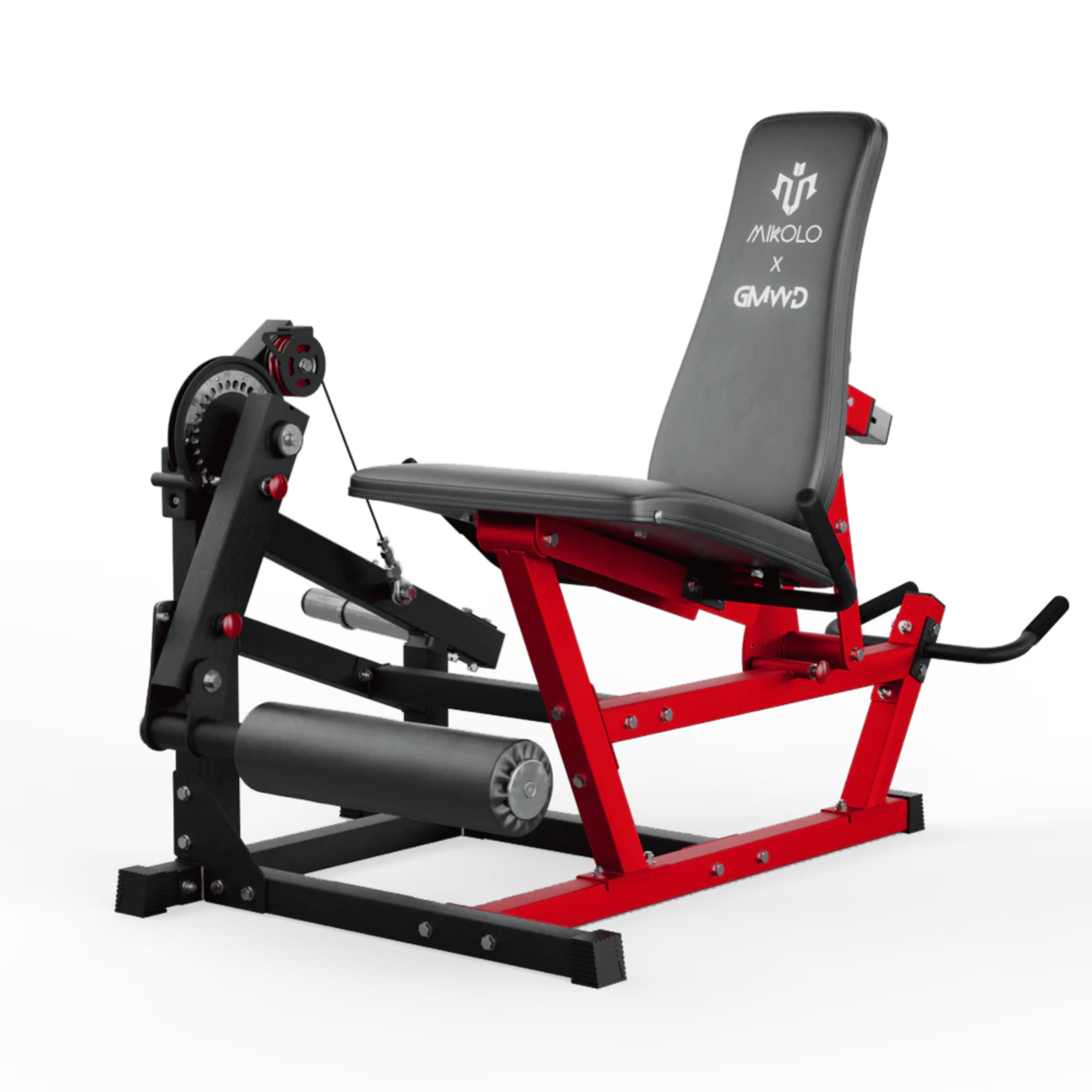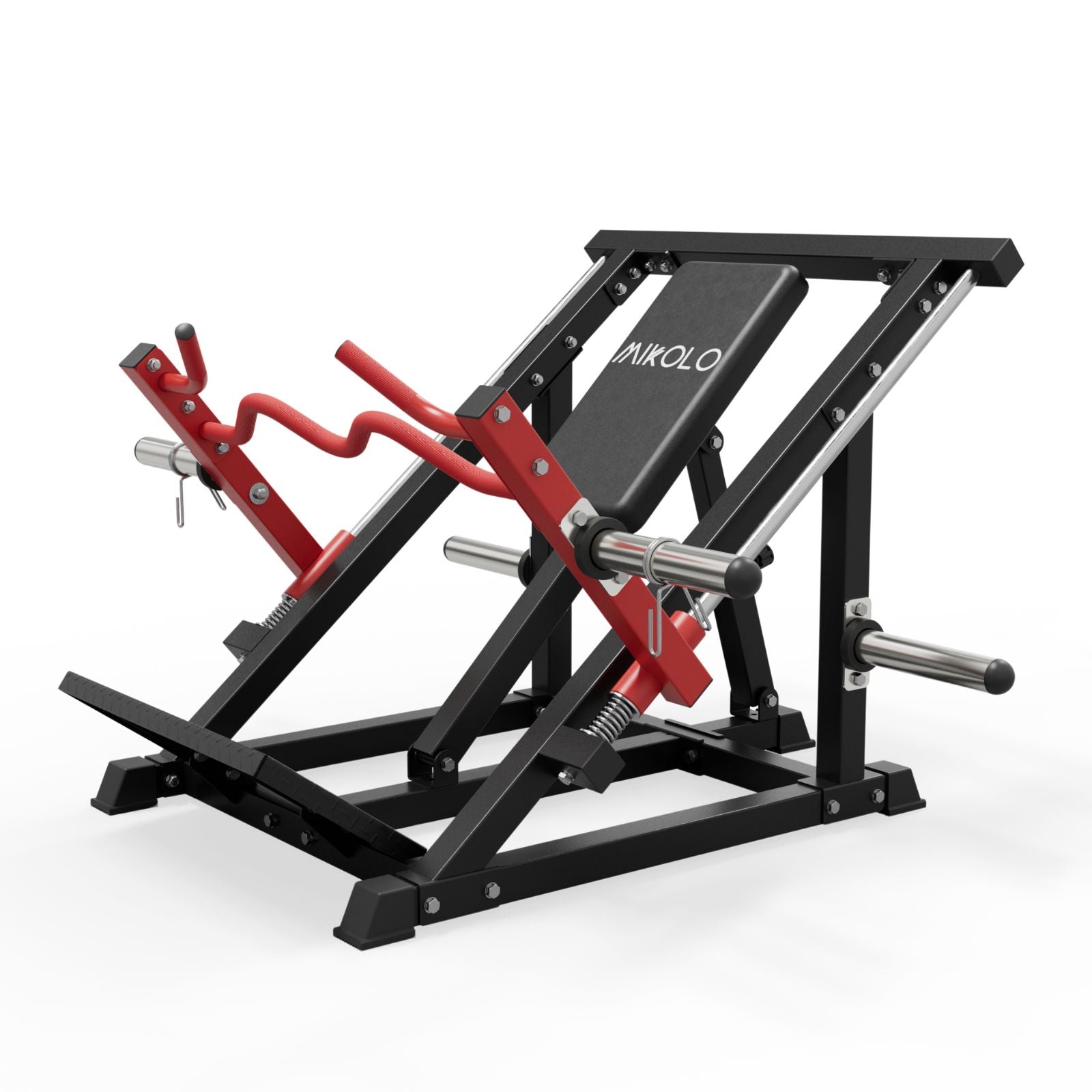Creating an effective weightlifting plan isn’t just about pushing heavy weights—it’s about structure, consistency, and a smart approach tailored to your goals and experience level. Whether you're just stepping into the gym or looking to optimize your current weight training program, the right plan will serve as both a roadmap and a motivator.
Why You Need a Structured Weight Training Program
A well-designed weight training workout program does more than build muscle. It prevents plateaus, reduces the risk of injury, and ensures you’re training each muscle group in a balanced way. Random workouts may feel challenging in the moment, but they often lead to gaps in progress. A structured lifting plan, on the other hand, progressively overloads your muscles while giving your body time to recover.
Core Elements of a Solid Weightlifting Plan
No matter your level, a comprehensive weight lifting training plan should include:
-
Push/Pull/Legs or Upper/Lower Splits: These structures help divide your training days for optimal recovery and muscle activation.
-
Progressive Overload: Gradually increasing weight, reps, or sets keeps your muscles challenged.
-
Rest Days: Recovery is just as important as training. At least one to two full rest days per week are ideal.
-
Mobility and Warm-ups: To prevent joint strain and enhance performance.
Choosing the Right Weight Lifting Workout Plan for You
-
Beginners (0–6 months experience):
-
Focus: Learning form, building consistency.
-
Plan: Full-body workouts 2–3 times a week.
-
Example: Squats, bench press, bent-over rows, shoulder press, deadlifts—all performed with moderate weight and 8–12 reps.
-
-
Intermediate Lifters (6 months–2 years):
-
Focus: Hypertrophy and moderate strength gains.
-
Plan: 4-day split (Upper/Lower or Push/Pull/Legs).
-
Example: Weight training plans that cycle between volume and strength weeks to avoid stagnation.
-
-
Advanced Lifters (2+ years):
-
Focus: Maximizing strength, refining weaknesses.
-
Plan: 5–6 day split with periodized progression.
-
Example: A weightlifting planner that tracks not only sets and reps but RPE (Rate of Perceived Exertion), rest periods, and recovery status.
-
How to Use a Weight Lifting Planner Effectively
Consistency is key, but so is tracking. A weight lifting planner helps you:
-
Log workouts, weights, and reps
-
Plan weekly sessions in advance
-
Identify trends or stalls in progress
-
Stay accountable
Many lifters notice dramatic improvements in performance once they start tracking their routines with intention. Whether it's a physical notebook or an app, recording your workouts builds long-term momentum.
My Own Turning Point with Lifting Plans
When I first started, I followed a common mistake—copying random workouts from social media with no real direction. I saw minimal results and constant joint aches. Everything changed when I committed to a structured weight training plan with scheduled progressions. Within six months, not only did my lifts go up, but I also felt stronger, more focused, and more motivated. Sticking to a lift workout plan gave my training purpose and helped me understand how my body responds to different loads and frequencies.
Final Thoughts: Finding Your Main Workout Strategy
There is no one-size-fits-all answer, but the most effective workout plans for weight lifting are those tailored to your lifestyle, goals, and recovery capacity. Whether your focus is building muscle, increasing strength, or maintaining fitness, the right weight training workout program will help you stay on track and see real, lasting progress.
Remember: train smart, track your progress, and adjust as needed. A well-built plan is not just a schedule—it’s a commitment to your long-term health and strength.











































Leave a comment
This site is protected by hCaptcha and the hCaptcha Privacy Policy and Terms of Service apply.